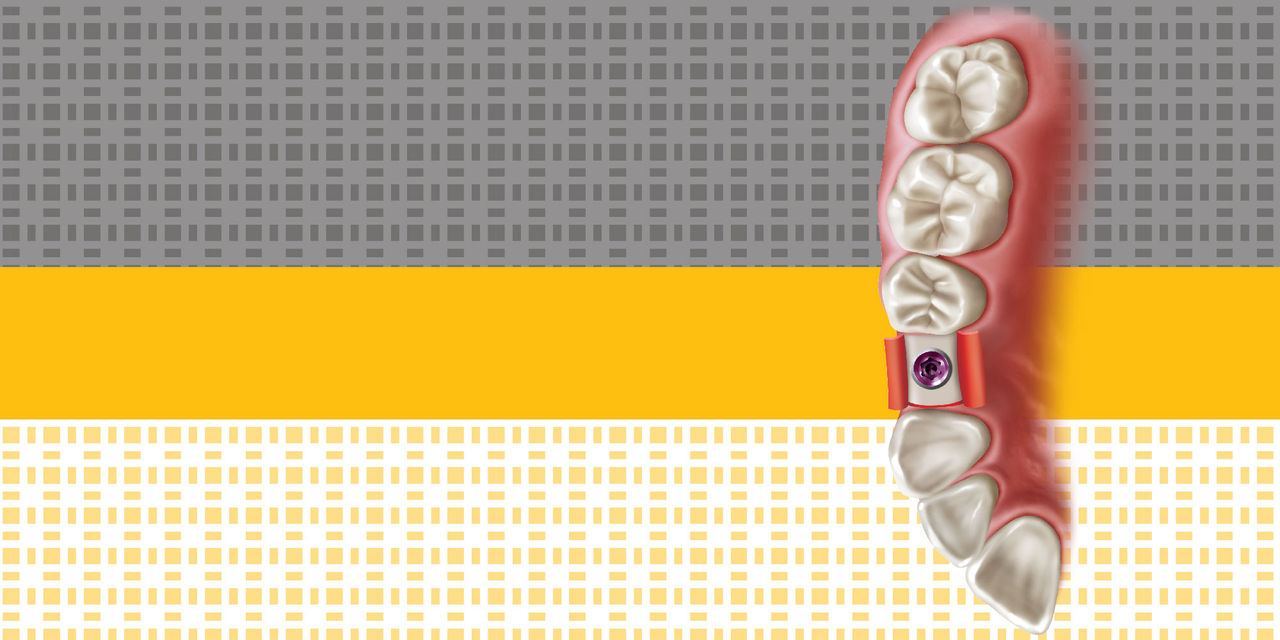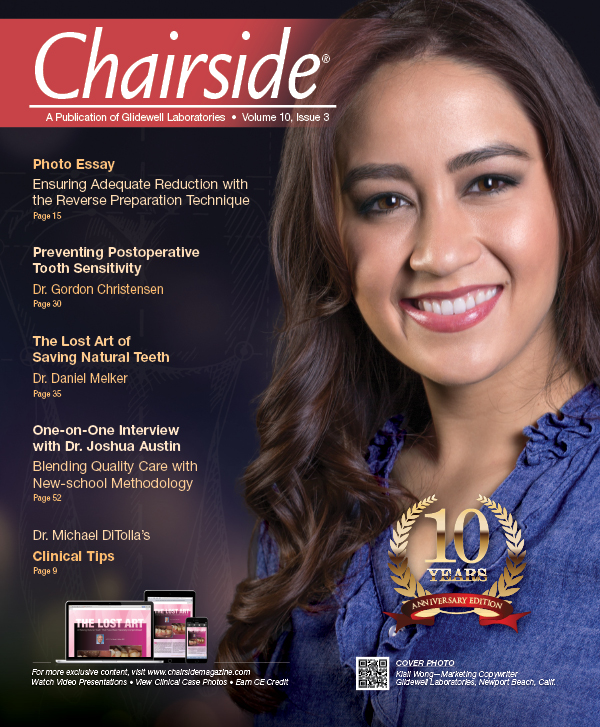Anterior Guidance and the Occlusal Plane: Sound Treatment Planning to Avoid Restorative Failures

Questions are often raised as to why certain dental cases fail. There are many reasons for these restorative failures, such as infection and systemic conditions, incorrect implant placement, and poor bone quality and quantity. However, there remains a whole other field of often-overlooked considerations relating to excursive overloading. The most neglected condition is deficient anterior guidance and a disorientation of the occlusal plane, the basis of restorative dentistry. The probable cause of tooth loss should be determined and corrected before implant and restoration placement so that they are not put in harm’s way.
Anterior guidance is essential for properly functioning dental occlusion and must be maintained during and after restorative procedures. Only severe skeletal deformities make this occlusal requirement difficult or impossible to achieve.
Anterior teeth function in disoccluding the posterior teeth, thus protecting them from harmful lateral forces, especially during bruxism. However, if the occlusal plane orientation (curves of Spee and Wilson) interferes with anterior guidance, the occlusal plane must be corrected in order to achieve functional harmony.
Occlusal plane correction can be achieved in various ways, including simple reshaping of the occlusal surfaces and the disoriented cusps, or severe reshaping of these same areas, possibly involving endodontic treatment if the patient cannot tolerate temporary tooth sensitivity. In many instances, the reduction and restoration of the teeth will be necessary to adequately correct the occlusal plane. Of course, all patients with this condition should be advised of its implications and of the potential damage to their teeth and bite if nothing is done to correct the condition, despite the fact that they may not feel any pain. In many instances, the temporomandibular joints (TMJs) are affected by the lack of anterior guidance. There may be a “molar guidance” that causes damage, pain or dysfunction to the TMJs. Tooth mobility and fracture can result.
This problem is quite common in carelessly restored dentitions, or where porcelain occlusal surfaces are made to chew against natural enamel or metal, allowing wear, super-eruption and occlusal plane disorientation to occur, leading to eventual lateral posterior interference and molar guidance. The problem can be easily detected by observing and studying diagnostic casts of the teeth mounted in centric relation. Technical problems and patient management problems can be avoided by following the standard rules of pretreatment evaluation, documentation and information given to the patient. Informed consent is a process that takes time.
With oversized mandibular arches, anterior guidance may be impossible to achieve, frequently resulting in a condition known as traumatic mandibular prognathism. Oversized maxillary arches (anisognathus) may cause weak anterior guidance and occlusal plane disorientation. Patient charts should describe these findings, and patients should be advised of the increased risks in restorative treatment. Surgical correction must be offered as an option. Risks and benefits must be understood.
Dr. Robert Garfield is the executive director, advisor-trustee and past president of the Southern California Academy of General Dentistry (SCAGD). Contact him via email at drrobertgarfield@aol.com.



